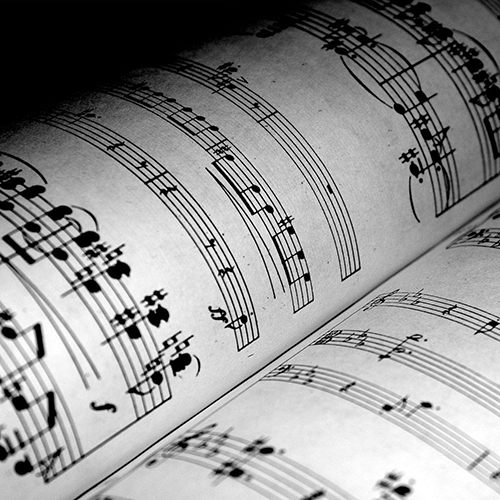utamakura are place names used in Japanese poetry since it was first written down in the early 8th century. These places were memorialised because of some spiritual significance or a great event being connected to that place. The places which resonated with poets generally were repeated down the centuries, a web of intertextual allusions building up around each placename as generations of poets, composers, and playwrights reused the same placenames in their works.
In this series of utamakura pieces, I will go to these storied places in Japan and abroad, make field recordings there, and create works around these recordings which interrogate the associations these places have accrued, the meaning for us today of old tales for our sense of place and our sense of time, as well as the spiritual chasm which widens in the face of idealised evocations of a place and its often-disappointing reality. utamakura 2: Arnardalur is based on scenes from the mediaeval Icelandic saga Fóstbræðra Saga. In a saga largely about heroic (violent) deeds and poetic recounting of battle, the early interlude in Arnardalur is more romantic in nature. The Skaldic (poet) hero, having arrived in the valley of Arnardalur in the northwest of Iceland from the nearby town of Bolungarvík, seduces a local beautywith the power of his poetry.

